The National Assembly has just discussed the Draft Law on Cultural Heritage (amended). This is one of the issues that voters and the people are very interested in.

The draft law was previously discussed by National Assembly deputies in groups with nearly 100 opinions, showing that the "heat" of the requirement to preserve and promote the value of cultural heritage is no less important than the task of economic development.
During the discussion session at the hall, most delegates agreed on the need to amend the Law on Cultural Heritage; at the same time, they emphasized that in this amendment, it is necessary to review and research to institutionalize as much as possible the viewpoints, policies, and guidelines of the Party, and the constitutions on the rights, obligations, and responsibilities of the State, agencies, organizations, and individuals in preserving and promoting the values of cultural heritage.
One issue that has been proposed is that the museum system in our country has now grown to nearly 200, of which there are about 70 non-public museums. The presence of private museums is changing the perception of museum types and opening up new trends, creating diversity in the introduction and promotion of cultural heritage values, limiting the "bleeding" of artifacts. However, the difficulties of private museums are the limitations in expertise, professionalism and professional museum staff. These issues need to be mentioned and clearly defined, so that when the law comes into effect, it can promote the highest value as well as best preserve and ensure the safest preservation of artifacts. The law also needs to be more clearly defined, creating favorable conditions for private individuals to open museums, but at the same time making it easier for authorities to manage the activities of non-public museums.
Another problem is that there are currently more than 10,000 provincial and municipal relics nationwide that have been ranked, including 3,614 national relics and 128 special national relics. Along with that, there are about 70,000 intangible cultural heritages that have been inventoried, with 498 cultural heritages included in the National Intangible Cultural Heritage List. However, there are still many heritages that are being "treated" improperly, causing a waste of resources...
Being one of the localities with many museums, with 1 public museum and 2 private museums, Thanh Hoa is also facing certain difficulties in managing and promoting the value of the massive amount of artifacts and values that the museums are managing, especially in private museums. Besides, Thanh Hoa has more than 1,500 relics, many valuable intangible cultural heritages, but in reality, the preservation and promotion of this heritage has revealed many problems in recent times. Some relics have been seriously damaged such as Quan Thanh Pagoda in Thanh Hoa City, Ho Cong Cave in Vinh Loc District, Nua Temple in Trieu Son District, Dong Kinh Temple in Nga Son District... There are relics and cultural heritages facing the risk of being forgotten.
The National Assembly deputies' discussion and high consensus on amending the Law on Cultural Heritage will gradually contribute to perfecting the legal provisions on a very important field, thereby helping to synchronize the provisions of the Law on Cultural Heritage with other related laws, serving as a basis for promulgating regulations, mechanisms and policies to best protect and promote the value of the nation's cultural heritage. Along with the whole country, those working to protect and promote the value of cultural heritage in Thanh Hoa are waiting for the law to be passed soon, creating more motivation to better protect heritage resources, heritage that lives with time and promotes socio-economic development.
Wisdom
Source: https://baothanhhoa.vn/sua-luat-de-di-san-song-mai-voi-thoi-gian-217894.htm


![[Photo] Prime Minister Pham Minh Chinh receives Mr. Jefferey Perlman, CEO of Warburg Pincus Group (USA)](https://vstatic.vietnam.vn/vietnam/resource/IMAGE/2025/4/18/c37781eeb50342f09d8fe6841db2426c)





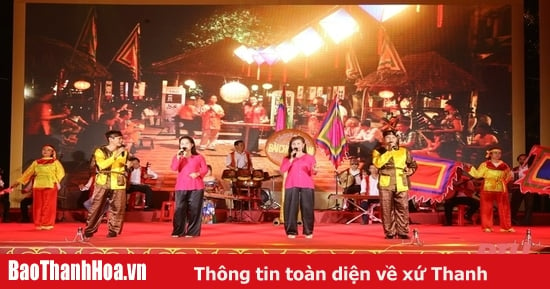
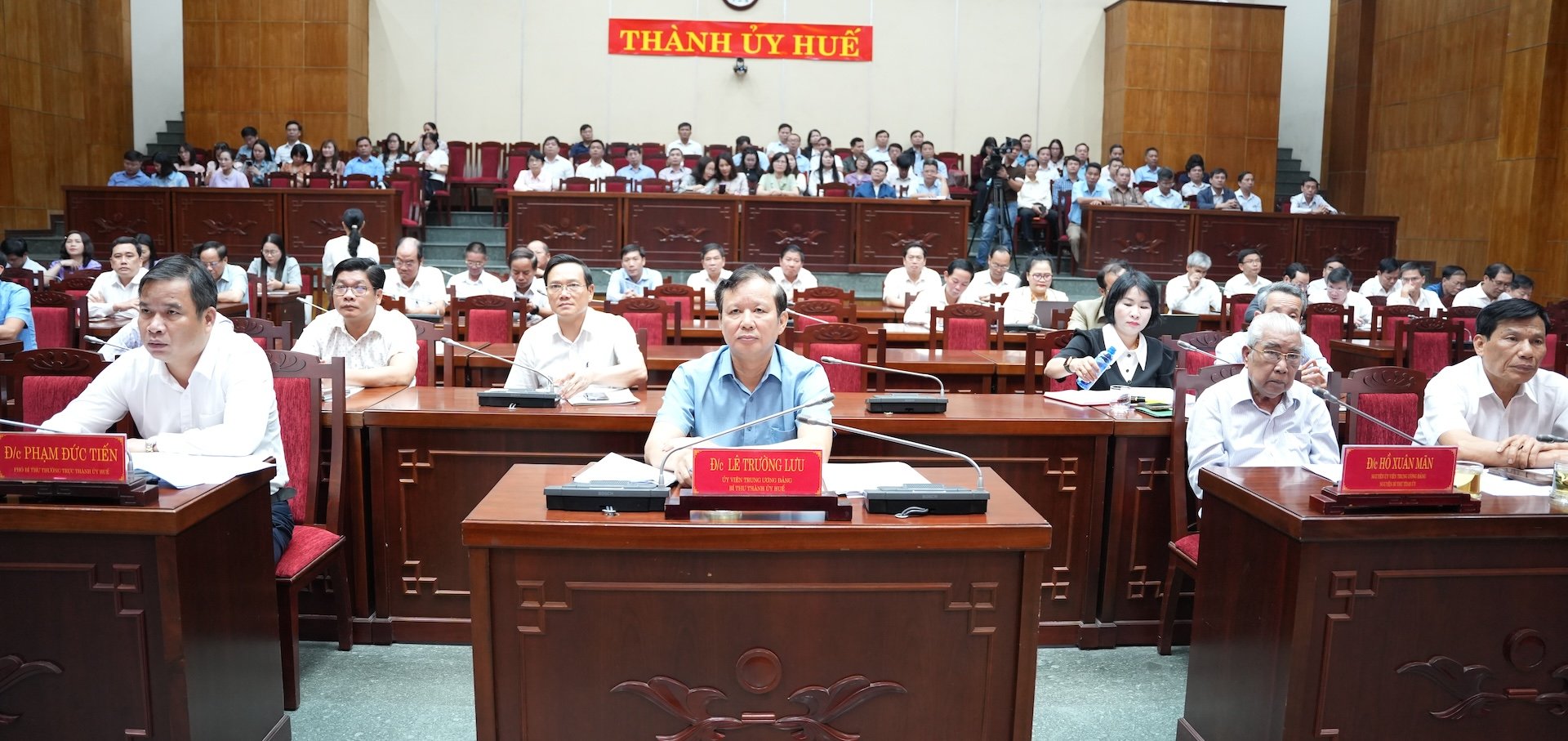

![[Update] - Thanh Hoa: 55 thousand delegates attended the conference to disseminate and implement the Resolution of the 11th Conference of the 13th Party Central Committee](https://vstatic.vietnam.vn/vietnam/resource/IMAGE/2025/4/16/f1c6083279f5439c9412180dda016c15)




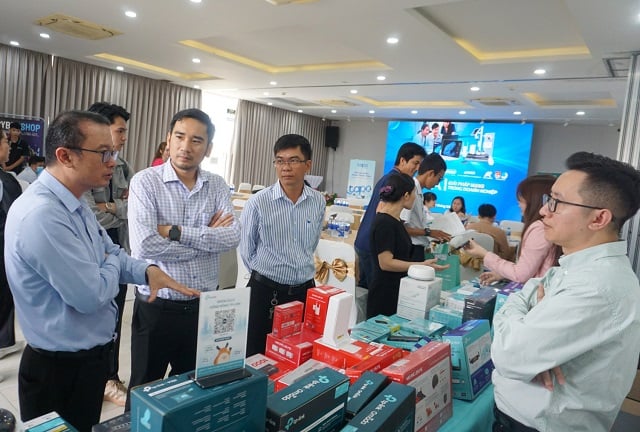
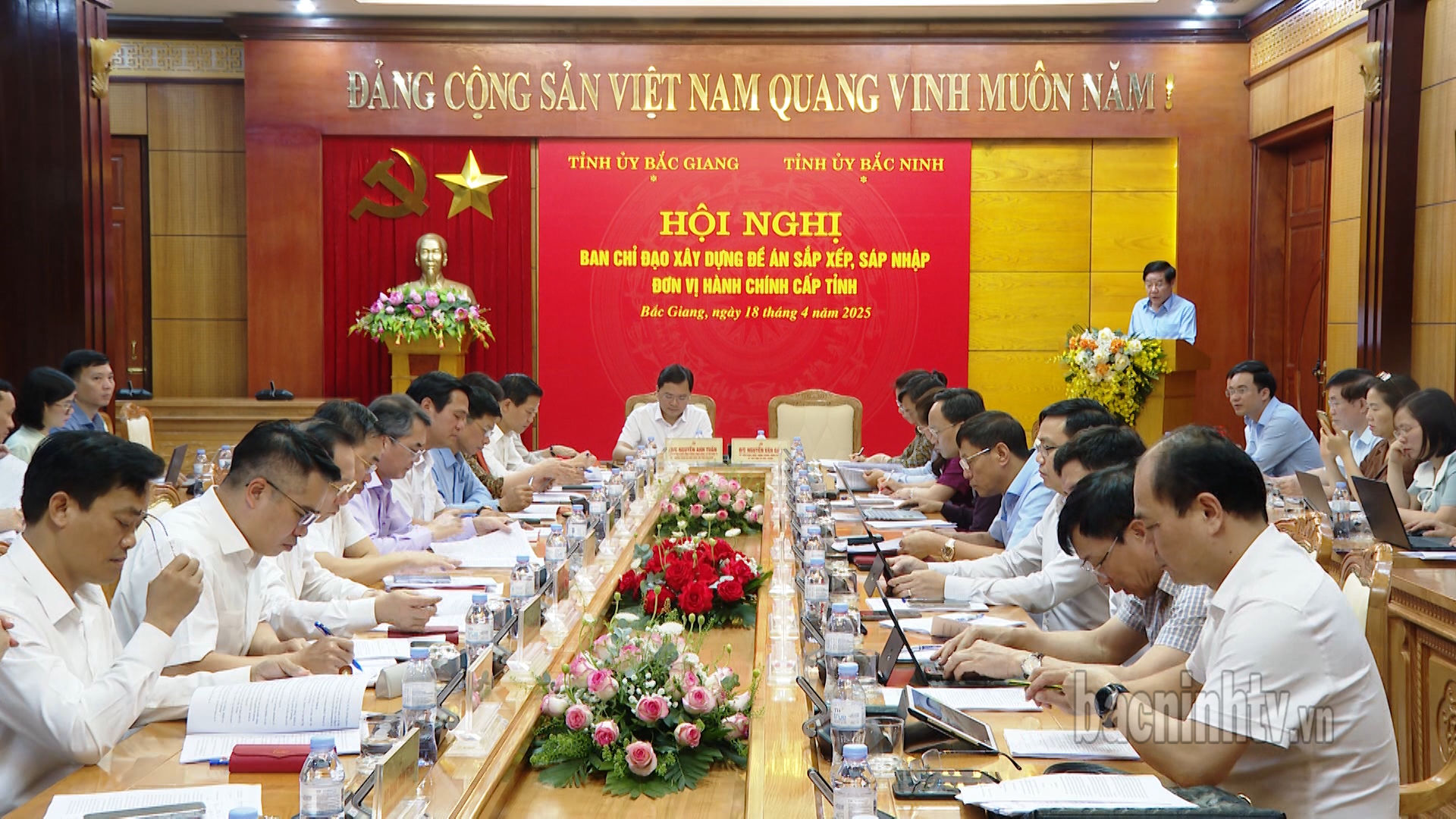

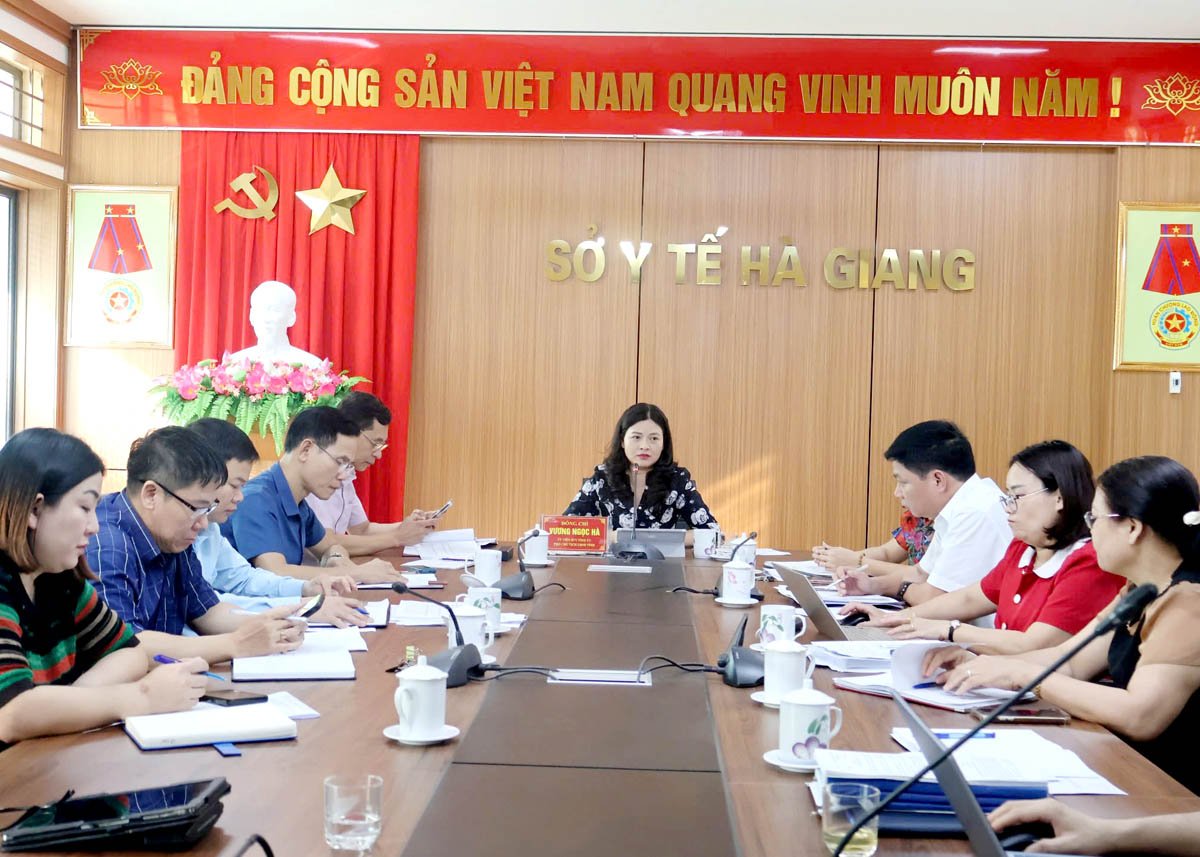
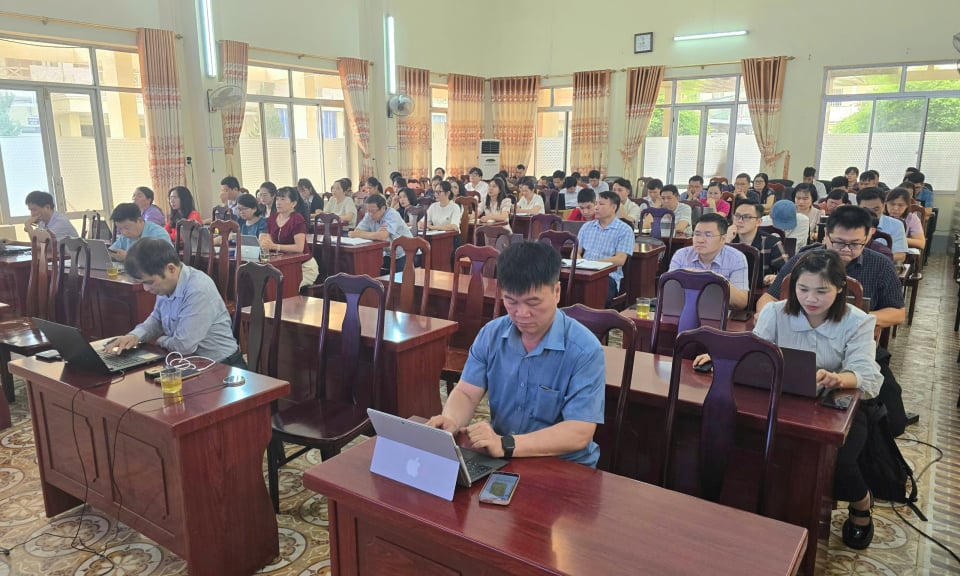
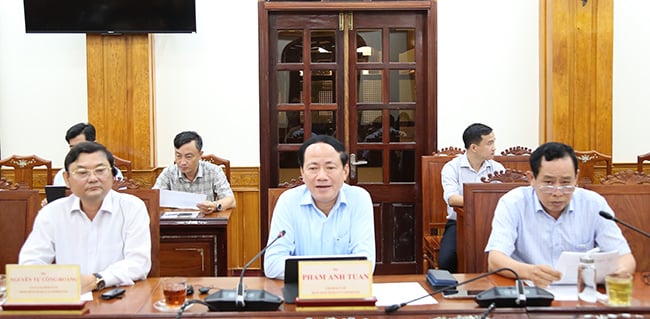






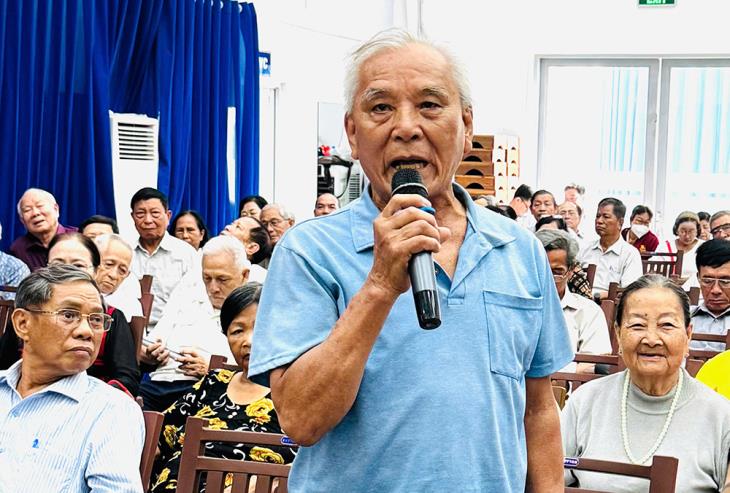
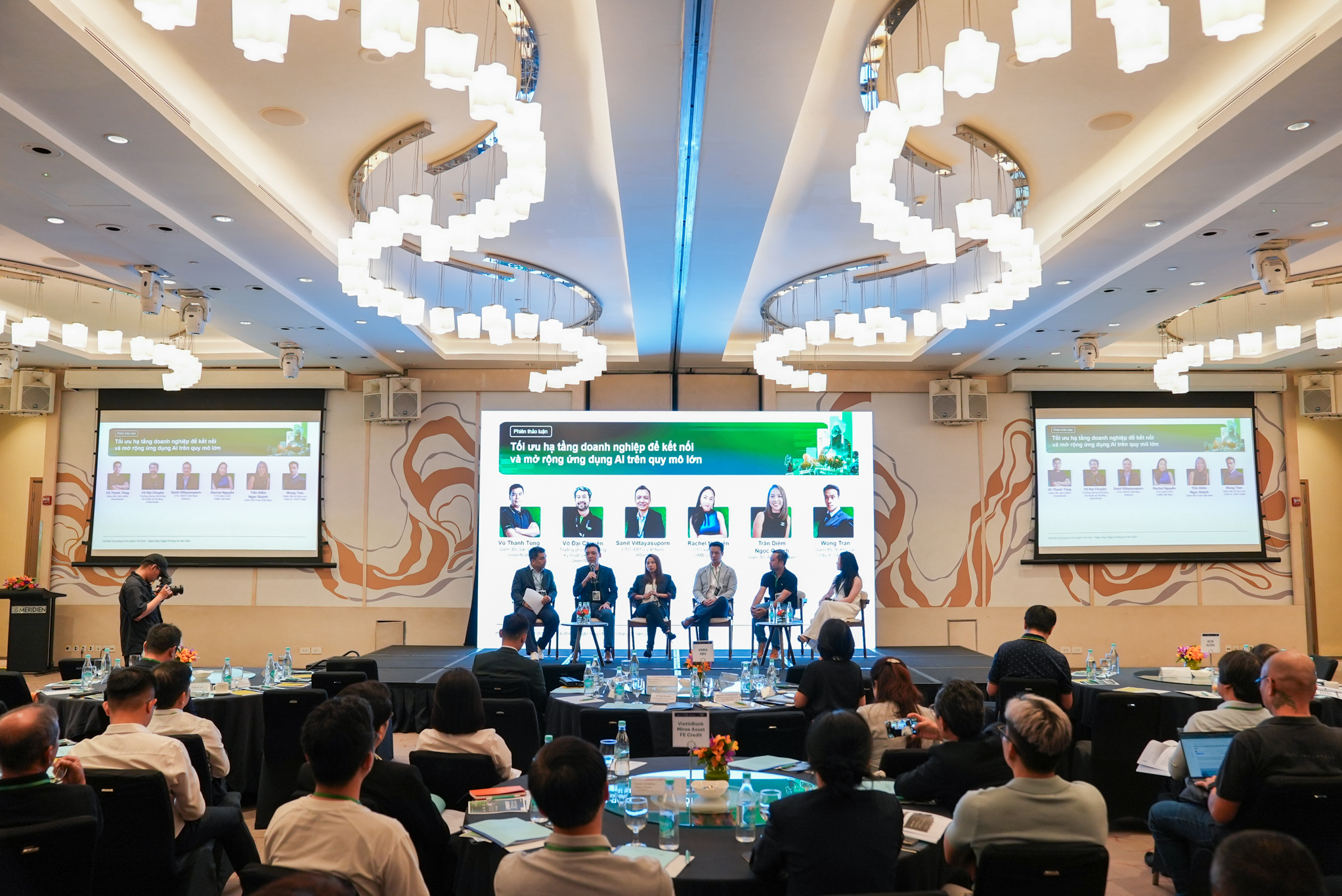































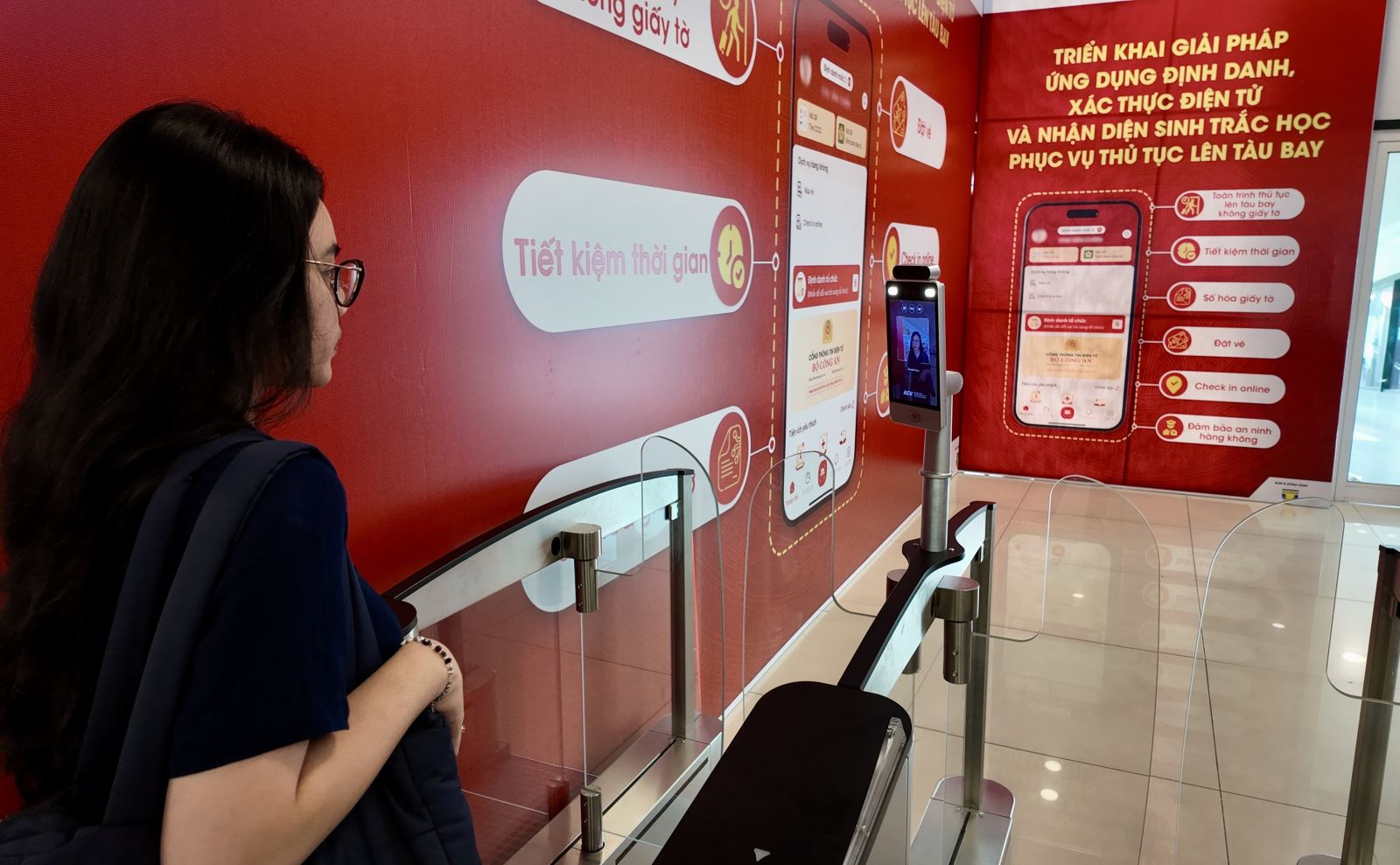



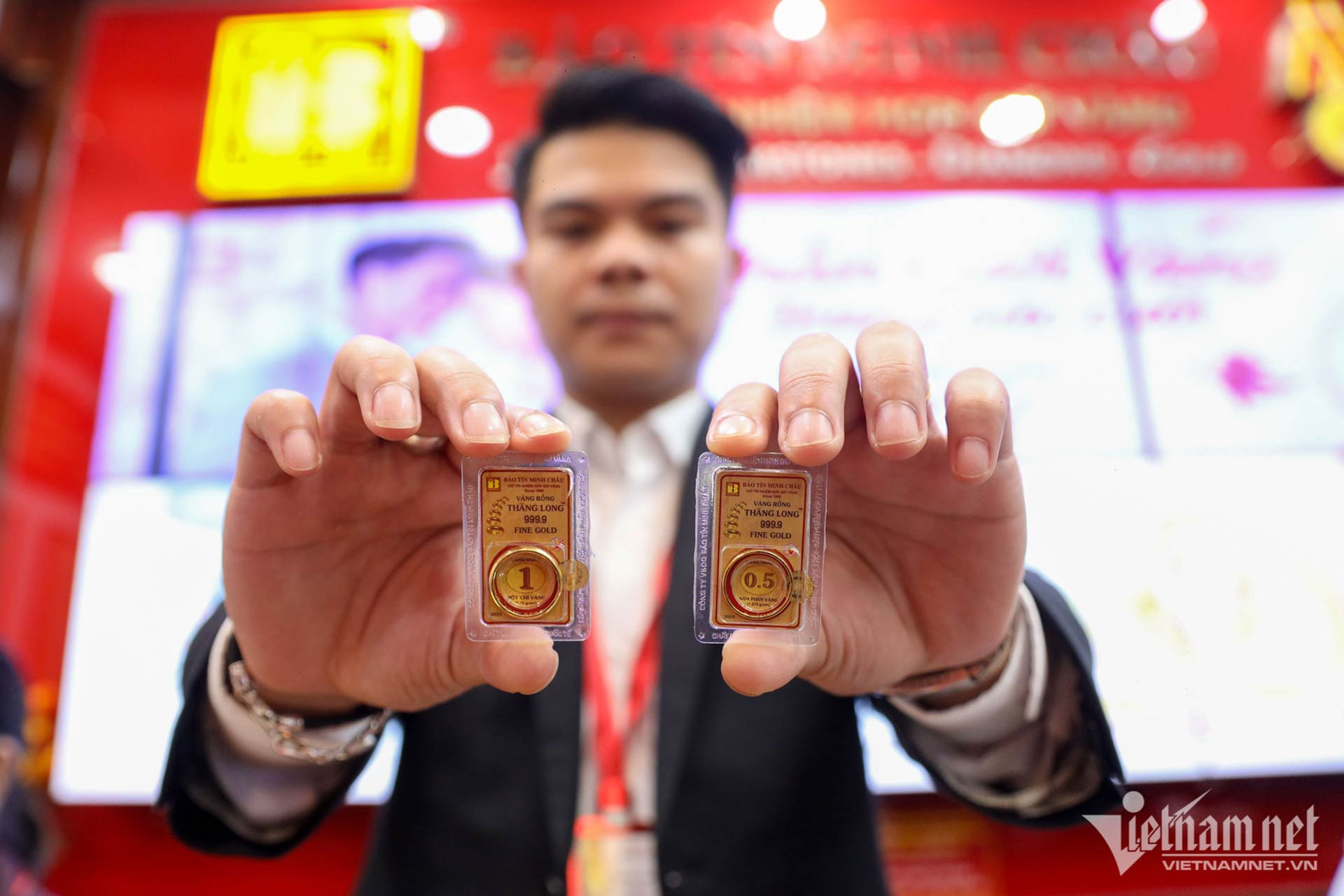




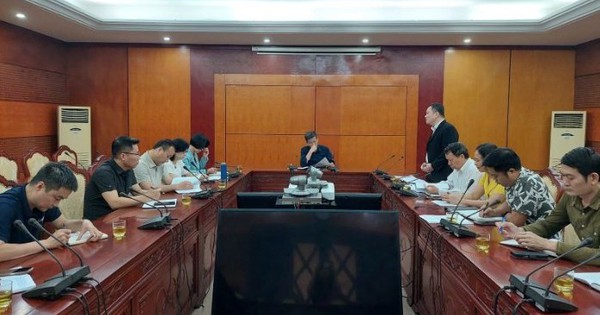





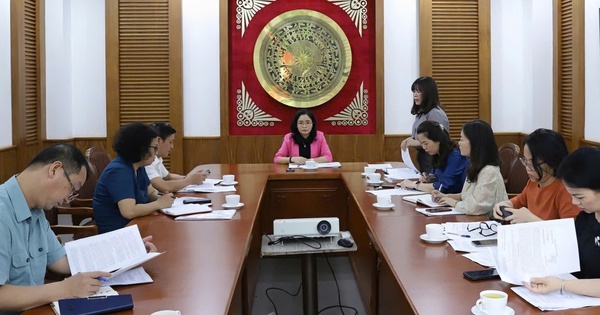
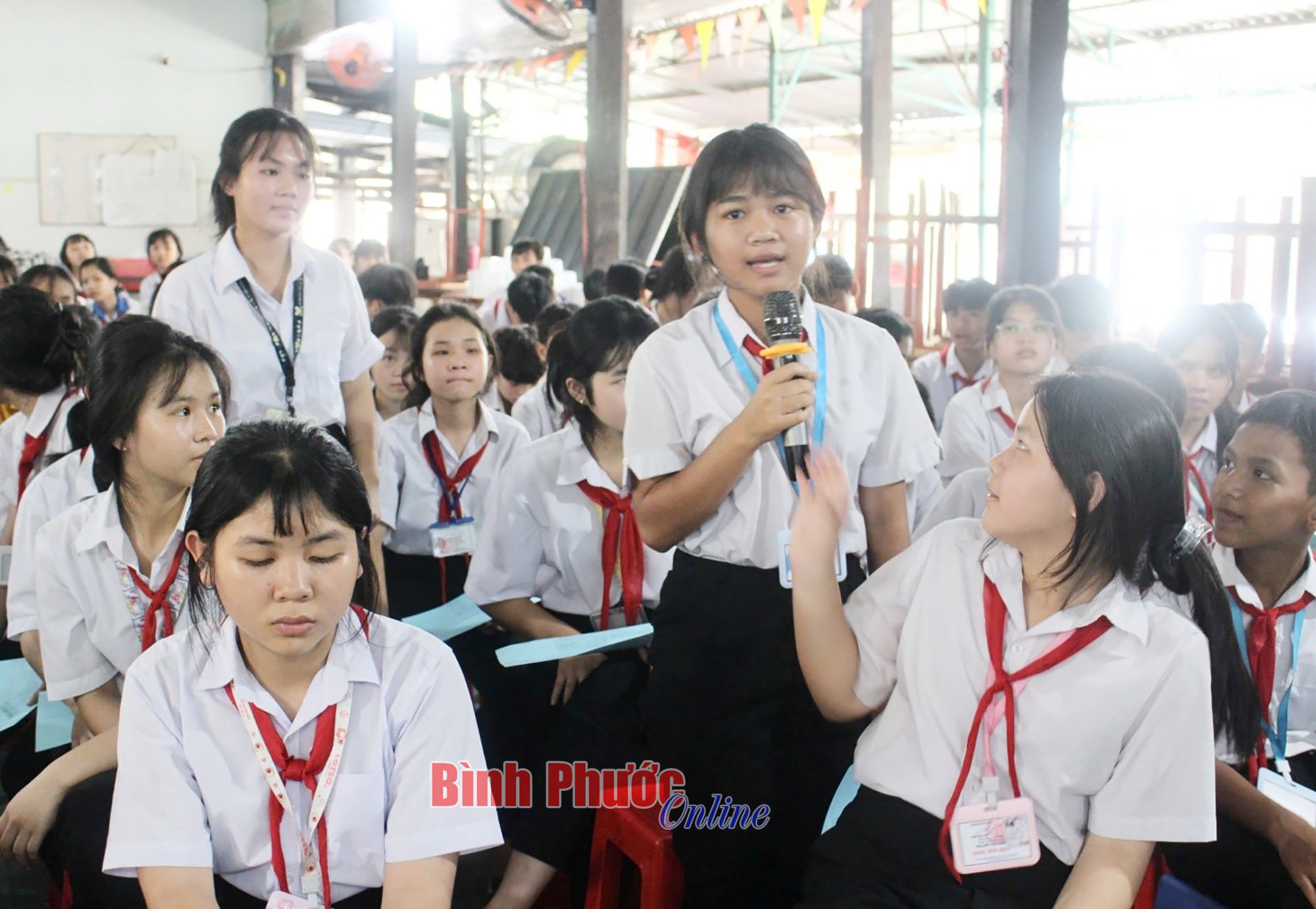



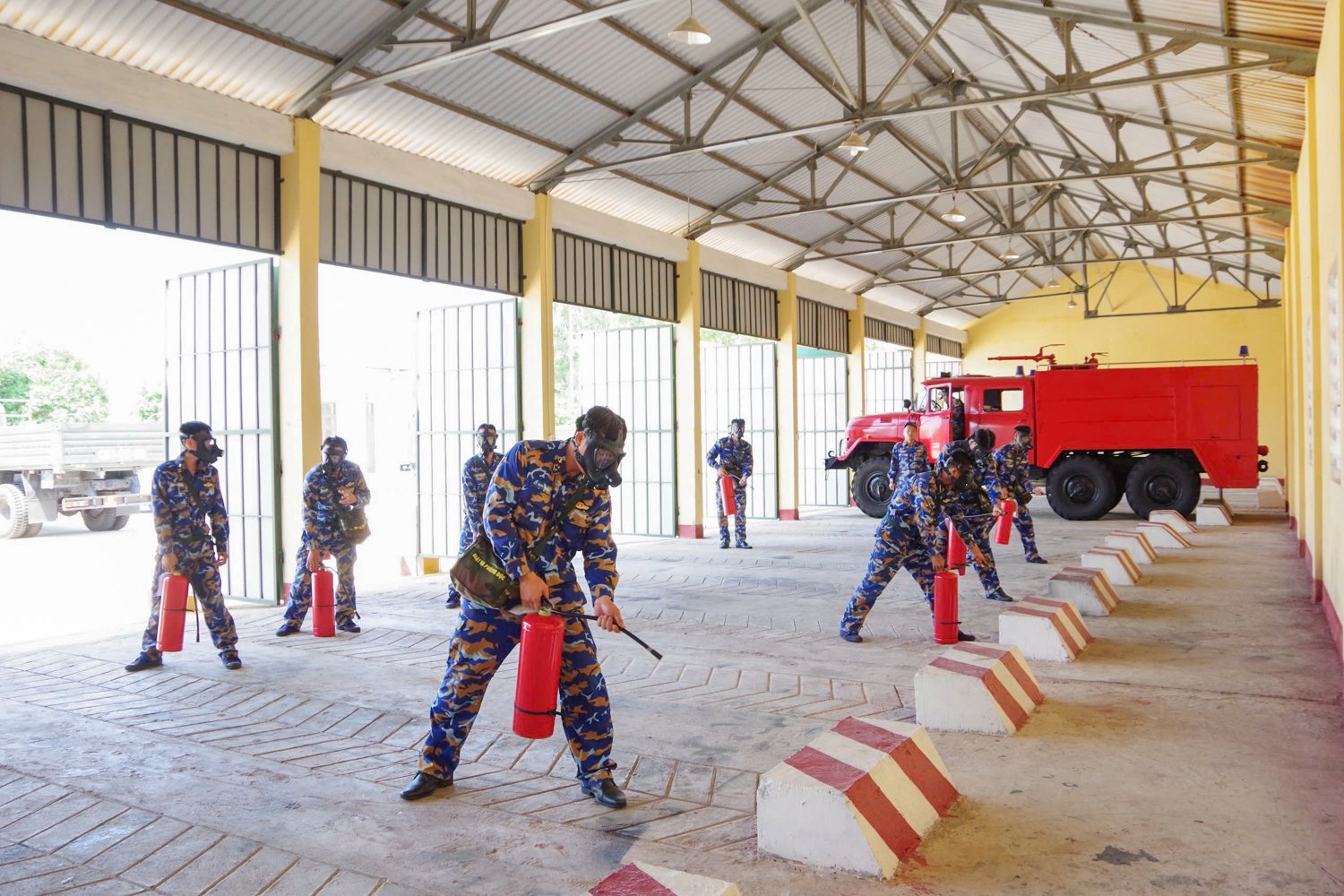

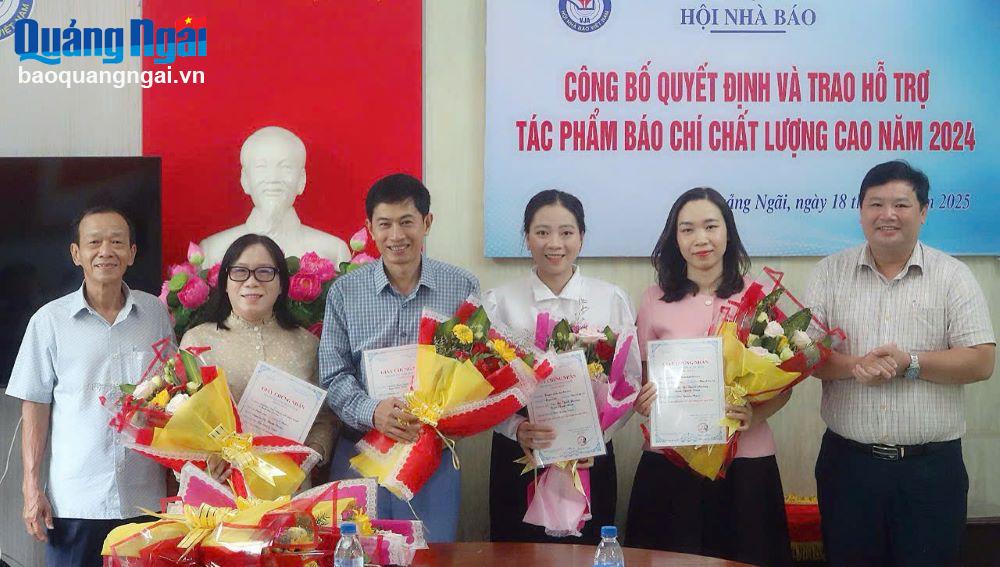

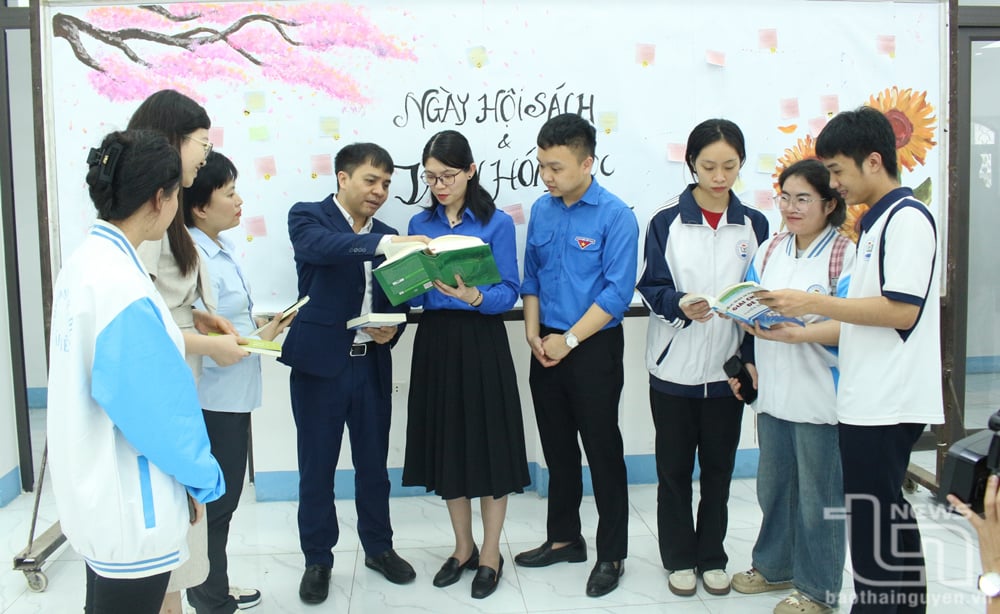

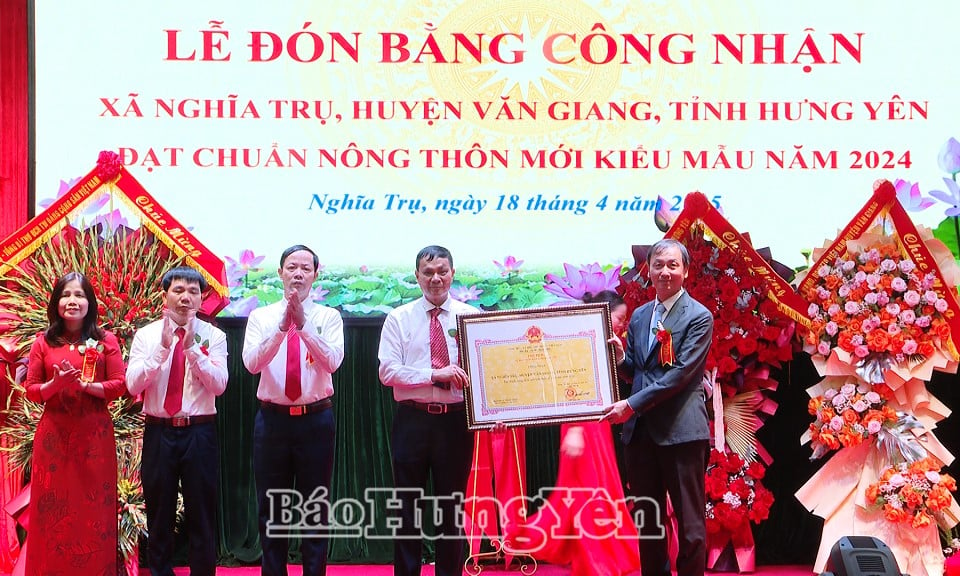












Comment (0)